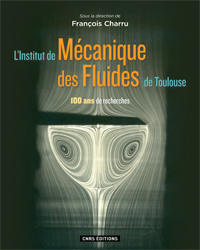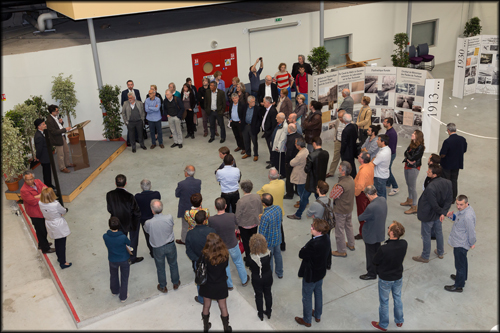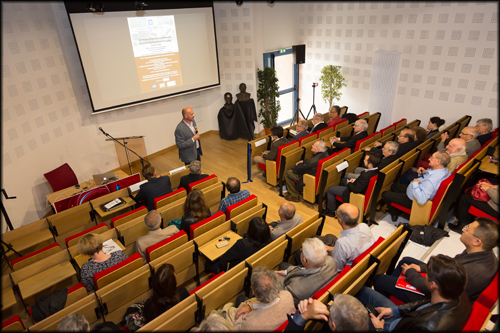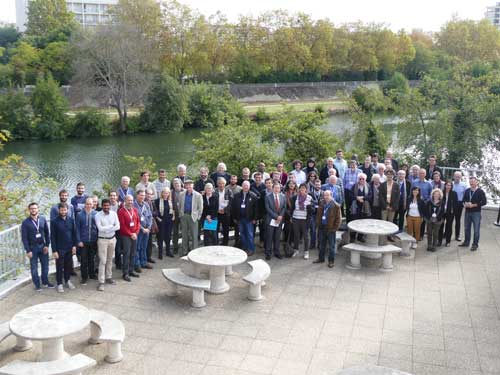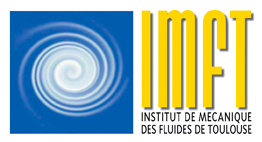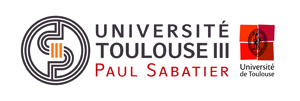Our History
The IMFT, it is a long history inseparable from the technological boom in the Midi-Pyrenees. It began in 1913 with the hydroelectric development of the Pyrenees and the development of the aeronautical industry.The first research in hydraulics were undertaken at the Institute of Electrical Engineering and Applied Mechanics, located on the current site of the ENSEEIHT. At that time, Charles CAMICHEL was noted for his studies on overpressures and “water hammer” in penstocks.Is is in 1920 that the Hydraulic Research Laboratory was created near the Banlève causeway, on the Ramier island between the two arms of the Garonne river.This is the beginning of reduced model studies. In 1925, there was still no building but six people were working there. It was at this time that the straight Grand Canal was built, 4 meters deep, linking the two arms of the river.
In 1936, the laboratory’s vocation in the field of aeronautics began to assert itself with the construction of the Grande Soufflerie. It was built in the open air and was not covered until 1938. It is now part of the National Heritage of Historic Monuments.
In the 1950s, the development of research in hydraulics stimulated the creation of new courses of study and in particular postgraduate courses preparing engineering students for research. Until the early 1970s, hydraulics remained the main field of investigation of the laboratory. But it is during this decade that the laboratory opened new themes such as the modeling of turbulence and transfers in porous media. It was at this time that electronic instrumentation made it possible to explore phenomena hitherto out of reach, consolidating the laboratory’s experimental vocation. It was also at this time that the arrival of the first computers gave rise to its vocation for numerical flow simulation. In 1965, the IMFT became the fifth laboratory associated with the CNRS.
During the 1980s, new thematics gradually emerged, such as the modeling of two-phase flows and combustion. The history of the IMFT has been marked by two leading scientific personalities: its founder, Professor Charles CAMICHEL, former student of the Polytechnic School, elected in 1936 to the Academy of Sciences, and Professor Léopold ESCANDE, elected in 1954 to the Academy of Sciences, founder of the National Polytechnic Institut of Toulouse.
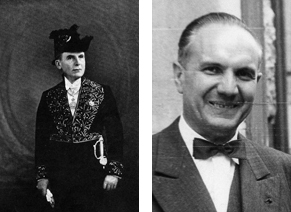
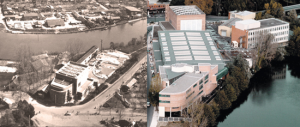

For the occasion of the centenary, a book has been published. This book traces the history of the IMFT since the creation by Charles Camichel, in 1913, of a hydraulics laboratory within the new Electrotechnical Institute of Toulouse. The university and the municipality will jointly develop research, training and economic development around the emerging hydropower industry.
This context allows Camichel to initiate remarkable work in fluid mechanics, particularly on vortices. A new page opened in 1930 with the creation of an Institute of Fluid Mechanics, by the Ministry of Air, and the construction of an aerodynamic wind tunnel.
In the post-war period and until the 1960s, under the direction of Léopold Escande, hydraulics dominated the laboratory’s activity and made its reputation. In 1966, the IMFT became an associate laboratory of the CNRS.
A new generation of researchers is emerging, the themes and industrial and academic partnerships are diversifying, scientific questioning is deepening, and international influence is asserting itself.
In the 2000s, the IMFT, which has more than 200 staff members, continues the movement towards ecology, renewable energies and life mechanics, still strongly linked to teaching departments.
